美国的这些东西 都是妥妥地“抄袭”咱们中国
咱们有些小伙伴啊,说起中国的产品,就一脸特不屑的样子。
“只知道模仿美国啦!”“山寨!”“抄袭!”
……
中国的产品只知道模仿西方国家?
其实,稍微有点儿脑子的人都知道这不可能。
不仅不可能,如今中国的许多产品、技术和理念倒是越来越多地被国外借鉴了。

比方说,前段时间有一枚英国姑娘就给咱们Global Times投过稿。这姑娘在上海当英语老师,之前放暑假回家去了。本以为回到家中会有久违的亲切和舒坦,结果……她倒是对英国各种不习惯了!
比如……英国怎么这么落后,居然打个车还要付现金啊啊啊!好不方便啊!
姑娘是这样吐槽的……
A day or two after arriving in Birmingham, I took a taxi not too far away from where I live。 It was so expensive for such a short distance。 But I forgot to bring cash, which meant that we had to stop and look for an ATM, which was time-consuming and inconvenient。
回伯明翰没两天,我有次打车去个不算远的地方。结果呢,才一丢丢的距离,车费还巨贵!这还不算槽点,槽点在于我忘记带现金了……呃,我还不得不先下车去找个ATM取钱,又费时又麻烦。
In most parts of China, you can simply carry your phone, which is enough to get by。 No need for bank cards or cash。 You can also transfer money to friends, receive payments from employers, order food and so much more。
在中国的许多地方,你出门带个手机就够了,什么现金银行卡统统不需要,而且买啥都方便。你还能用手机给朋友转账、领工资、点外卖……能干的事情多得去了!
▲The UK should adopt Chinese payment app technologies (via Global Times)
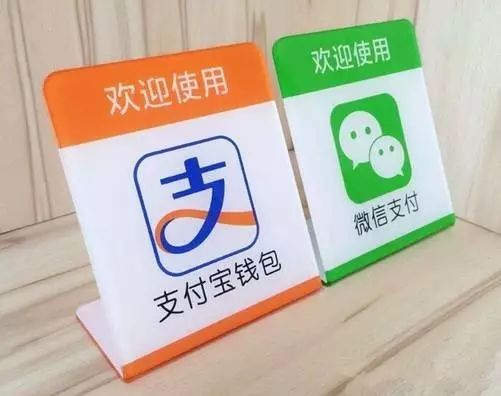
没有了移动支付,买东西还得付现金,姑娘忍不住感慨:回了英国就跟时光倒退了几十年似的!

在上面这篇文章里,英国妹纸强烈建议自己国家向中国好好学习,把移动支付这块模仿起来。
而事实上,模仿中国的发达国家如今也是越来越多。
比如……美国。

前天,英国媒体《金融时报》就发表了这样一篇文章,标题非常有意思——

▲“中国VS美国:到底谁在模仿谁?”
文章淡定地表示,你们还好意思嘲讽中国是“山寨大国”?来看看吧,现在很多领域中国都是独树一帜的,连美国都要来“山寨”中国了!

那么,有哪些领域是美国都要模仿中国的呢?
来围观一下……
(以下文中翻译via参考消息网)
1。 (无桩式)共享单车
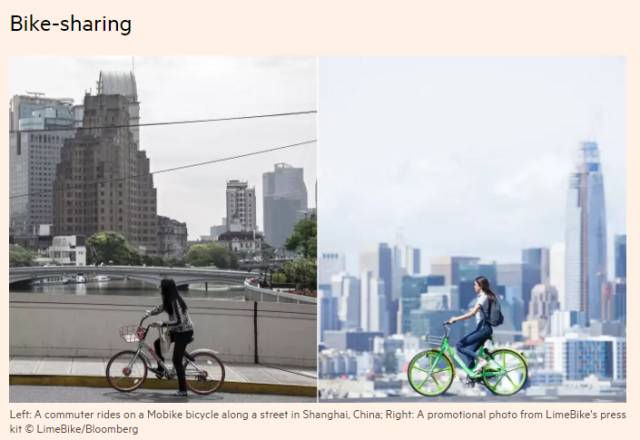
China has embraced bike-sharing, pioneering a dockless model that offers cyclists advantages over comparable services in London and New York: bikes are unlocked using mobile apps, and can be picked up and left anywhere。 Many are even GPS-tracked。
中国迎来了共享单车时代,引领了无桩单车模式,为骑行者提供了比伦敦和纽约同类型服务更好的体验:使用者可以通过手机应用解锁单车,可以在任何地方骑走或停放单车。很多单车甚至配有GPS定位。
LimeBike gas rolled out a similar service in the US states of California, North Carolina and Florida following the dockless, QR code-based Chinese model。
LimeBike之类的共享单车已追随无桩、扫码的中国模式,在美国加州、北卡罗来纳州和佛罗里达州推出类似服务。
无桩的共享单车可以随停随走,确实挺方便哒。不过也的确该好好整顿一下乱停放的问题了~
2。二维码
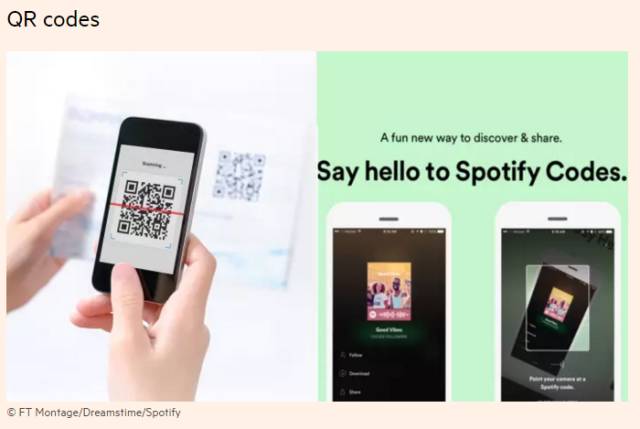
For much of China, the QR code— a type of barcode— is the key that unlocks the digital world。 A swipe of the matrix with a mobile device lets a user hire a bike, pay for goods and grab a new contact’s details。
对于中国大多数地区,二维码(条形码的一种)是解锁数字世界的钥匙。用户用移动设备扫一扫这个矩形图案,就可以使用共享单车、为商品付款以及获取新联系人的信息。
Companies in the US, where the QR code was dismissed in2013, now seem to be changing their view。 Snapchat picked up the idea in2015, allowing users to follow one another as easily as their WeChat peers by scanning each others’ QR codes, and proceeded to facilitate their use to access websites。
二维码2013年在美国没有引起重视,如今美国企业似乎正在转变观点。Snapchat于2015年采纳了这个想法,允许用户通过扫描其他人的二维码来关注对方(就像微信中一样方便),并进而利用二维码为用户访问网站提供便利。
“扫一扫”的确太好用了。尤其是你去小馆子吃饭,碰上人家搞“扫一扫送饮料”之类的活动时,那感觉仿佛白捡了一个亿啊!
3。社交媒体的“公众号”
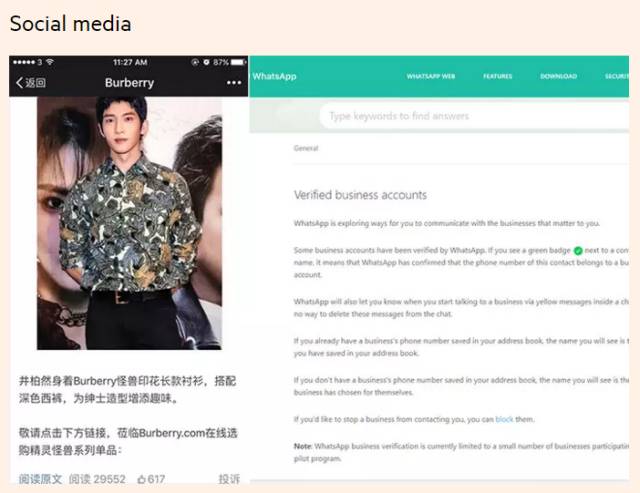
It is how government, celebrities and businesses connect with customers in the Chinese social media space and post information or news。 WeChat has more than20m‘official accounts’, according to industry estimates。
在中国,政府、名人以及企业与社交媒体中的客户建立联系、发布信息或新闻的方式就是通过微信。根据业内估计,微信如今拥有超过2000万个“公众号”。
WhatsApp is now jumping on that bandwagon, following in the footsteps of WeChat。 This app has begun offering‘verified profile’ accounts。
WhatsApp如今正准备追逐这股浪潮,沿着微信留下的脚印前进。这款应用也开始提供“认证”账户。
“公众号”的发明,把微信从一个单纯的聊天工具变成了一个综合信息接收站,用户黏性大大提升啊~
4。零售
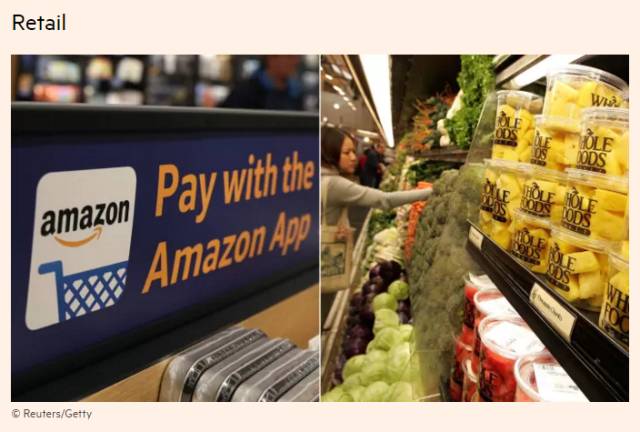
The world drew a collective gasp when Amazon splashed out $13.7bn in June to buy Whole Foods, bringing its cut-throat online competition to the bricks-and-mortar world of artisanal breads and organic kale。 But Chinese rivals were ahead of the game。
今年6月,当亚马逊斥资137亿美元收购全食、把它残酷无情的线上竞争带到售卖手工面包和有机甘蓝的实体店时,整个世界倒吸了一口气。但中国竞争对手已在更早的时候加入了这场竞赛。
Ecommerce giant Alibaba snapped up stakes in domestic supermarket group Lianhua in May and before that, in department store Intime。 , which operates a similar asset-heavy model to Amazon, has outlined plans for a massive bricks and mortar presence。
电商巨头阿里巴巴于5月入股中国国内超市集团联华,在那之前还入股了百货商场运营商银泰(Intime)。采用与亚马逊类似的重资产运营模式的京东(),已经制定了大规模涉足实体店的计划。
上面的这个翻译比较拗口,它大致意思就是:某宝某东和线下实体店合作,搞O2O,于是亚马逊也来学它们的啦~
 ▲China vs US: who is copying whom? (via Financial Times)
▲China vs US: who is copying whom? (via Financial Times)
比如在国外版的天涯论坛“Reddit”上,就有几枚吃瓜群众留言感慨道:
@Gloriustodorius:
Lol they‘ll never admit that they’re copying China though。
啊哈哈哈,他们(美国)是不会承认他们在山寨中国的啦!
@ xuankun:
For now the bulk of chinese innovation is through business models such as virtual wallets and dockless bikeshare but hopefully soon enough they will start to come up with new tech entirely。
现在中国的许多创新都成为商业范本了啊!比方说移动支付啦,无桩共享单车啦……期待不久之后,他们就会在新科技领域一统江湖了!
@ datman2345:
Doesn‘t matter, engineers and scientists in the US are all Chinese anyway
淡定吧,你看美国的工程师科学家还都是华裔呢!
@ lusafatte:
I‘m always amazed by how people are being so salty when talking about China > USA。 Well I guess they still need some time to adjust to the new reality。
我就奇了怪了,为啥一说起中国优于美国时,某些人就在那酸个什么劲啊!好吧,看来他们一时半会还接受不了这个新的现实。

此外,《华尔街日报》6月的一篇报道也表示,嘿你们不是觉得苹果公司是创新中的战斗机吗!
有没有觉得,苹果最近在iMessage里搞的支付功能迷之眼熟呢!
Apple Inc。 recently added payment services to its iMessage chat service, taking a page from Tencent‘s playbook, Ms。 Chan said。
“I love this reversal of what‘China copycat’ can mean,” she said。“It no longer just means a Chinese company copying the States, it can mean a U.S。 company copying China。”
▲U.S。 Tech Companies Now Copycats of Chinese Peers, Andreessen Horowitz Partner Says (via Wall Street Journal)
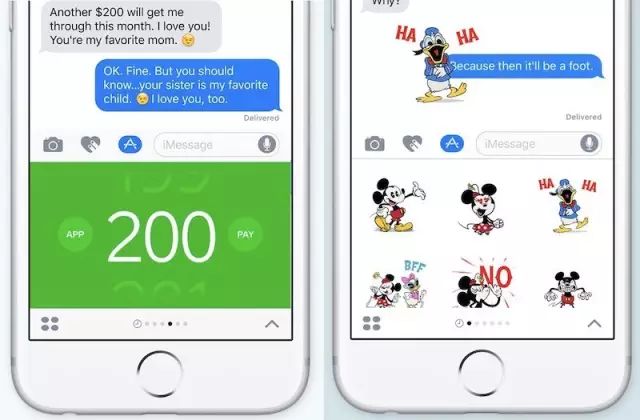
▲iMessage增加了支付功能和表情包……是不是看起来迷之亲切
说到这里,主页君不由想起了一个段子:
“老板,结账~”
“一共XXX块。”
“可以用苹果支付吗?”
“看把你能的!用苹果支付?你咋不用猕猴桃支付呢!”

美国该向中国学习啥?
美国华裔学者Ann Lee曾出过一本书,名为“美国能向中国学习什么”。
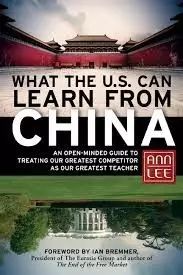
▲“What the U.S。 Can Learn from China”

▲Ann Lee

▲“美国能向中国学习的10个方面”(via Huffington Post)
他们觉得美国该“山寨”中国的哪些技术和理念呢?
来围观一下……
1。 Invest in education。
投资教育
Education is the most important foundation that the U.S。 can invest in, and test scores across the country are rapidly falling behind the rest of the world。 Instead of having children aspire to become reality television stars, encourage exposure to productive, high-value professions。
2。 Introduce Confucian values and work ethic into every day lives。
学习儒家的价值观与职业道德
Americans have become accustomed to consume beyond their means, often with a“me first” orientation and without giving anything back。 Instead of pursuing immediate gratification, Confucian values promotea long-term orientation, reciprocity, and mutual respect。
3。 Make aspiring politicians pass competency tests and require a track record of helping the public unselfishly。
政客(官员)需要通过竞聘、考核政绩,看他们是否真为公众做了实事。
American political campaigns are generally affordable only by those who are wealthy or have access to wealthy fundraisers, and cater to the least informed voter with catchy slogans and sound bites taken out of context。
4。 Incorporate the Special Economic Zone model。
借鉴中国的“经济特区”模式
Testing new policies locally before implementing them nationwide can help weed out problems before it’s too late。 The government can offer incentives to states for trying out various economic programs and oversee their effectiveness。

5。 Encourage capitalism in the real economy instead of the financial markets。
鼓励资本进入实体经济领域
6。 Restrict banks to traditional banking activities。
限制银行的(风险)活动
7。 Make innovation lucrative for businesses。
鼓励商业创新
The U.S。 could offer tax incentives to encourage more large corporations to start joint ventures with entrepreneurial firms every two years to ensure that the speed of innovation doesn’t slow down or move overseas。
8。 Support technology entrepreneurs。
支持科技创业
9。 Embrace soft power。
拥抱软实力
Presently, the U.S。 looks to many countries as though it is only out to use them, rather than treat them as partners。 China has learned how to do otherwise, and the U.S。 should, too。
10。 Adopt an attitude of goodwill towards China and other rising countries instead of seeing them as a threat。
善意看待包括中国在内的崛起(发展中)国家,而不是单纯将之视作威胁。
Americans have in recent years tended to regard everything different with suspicion and hostility— and have become narrow-minded。 That is not who Americans were historically。 America approached the world with an open mind in a spirit of goodwill and partnership。
It is high time the U.S。 did so again - especially in its relations with China, which shares many of America’s most cherished traditional values: hard work, lifelong education, entrepreneurship, and devotion to family and community。

谦虚学习、广泛吸收、努力创新……这样的道路中国一直在走,现在也轮到美国来走了。
收起那些莫名其妙的傲慢,好好博采众长——这样简单的道理美国盆友不至于不懂,当然也会这样做。
就看他们愿不愿意承认了。




